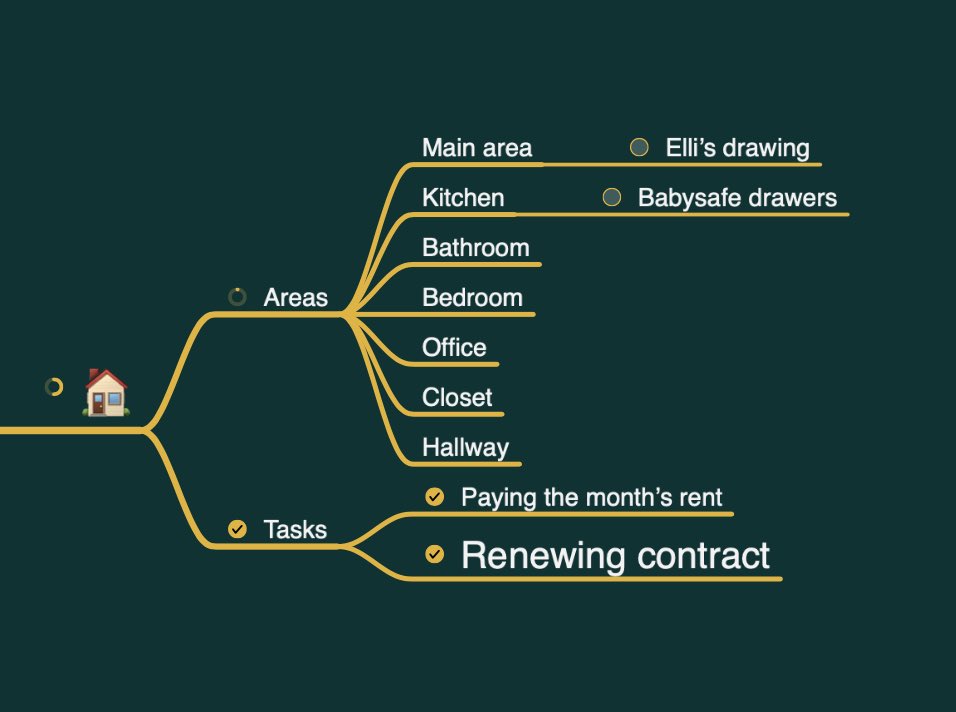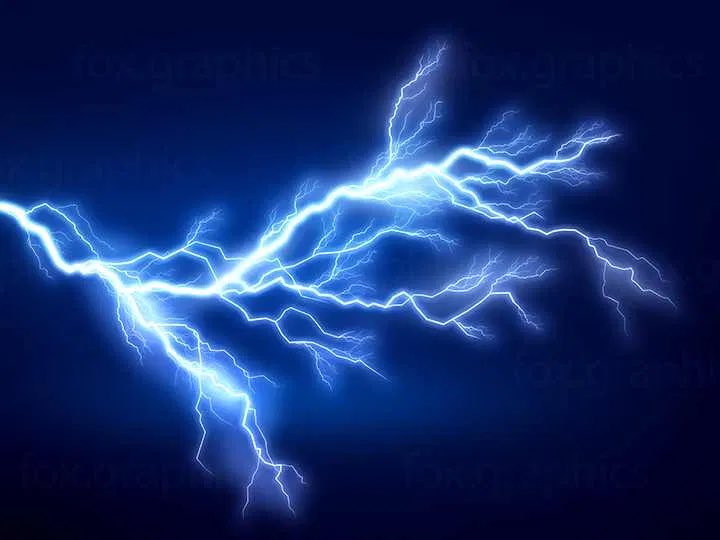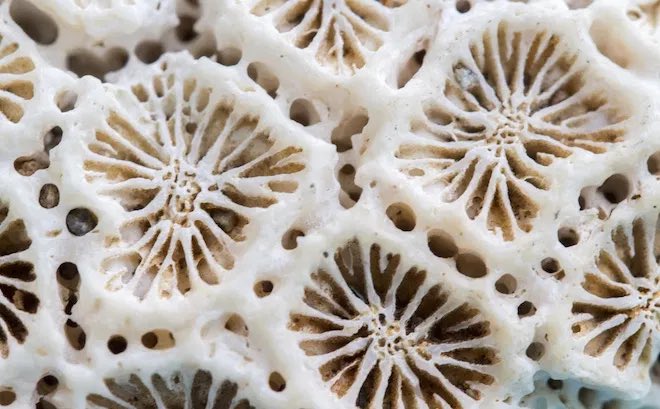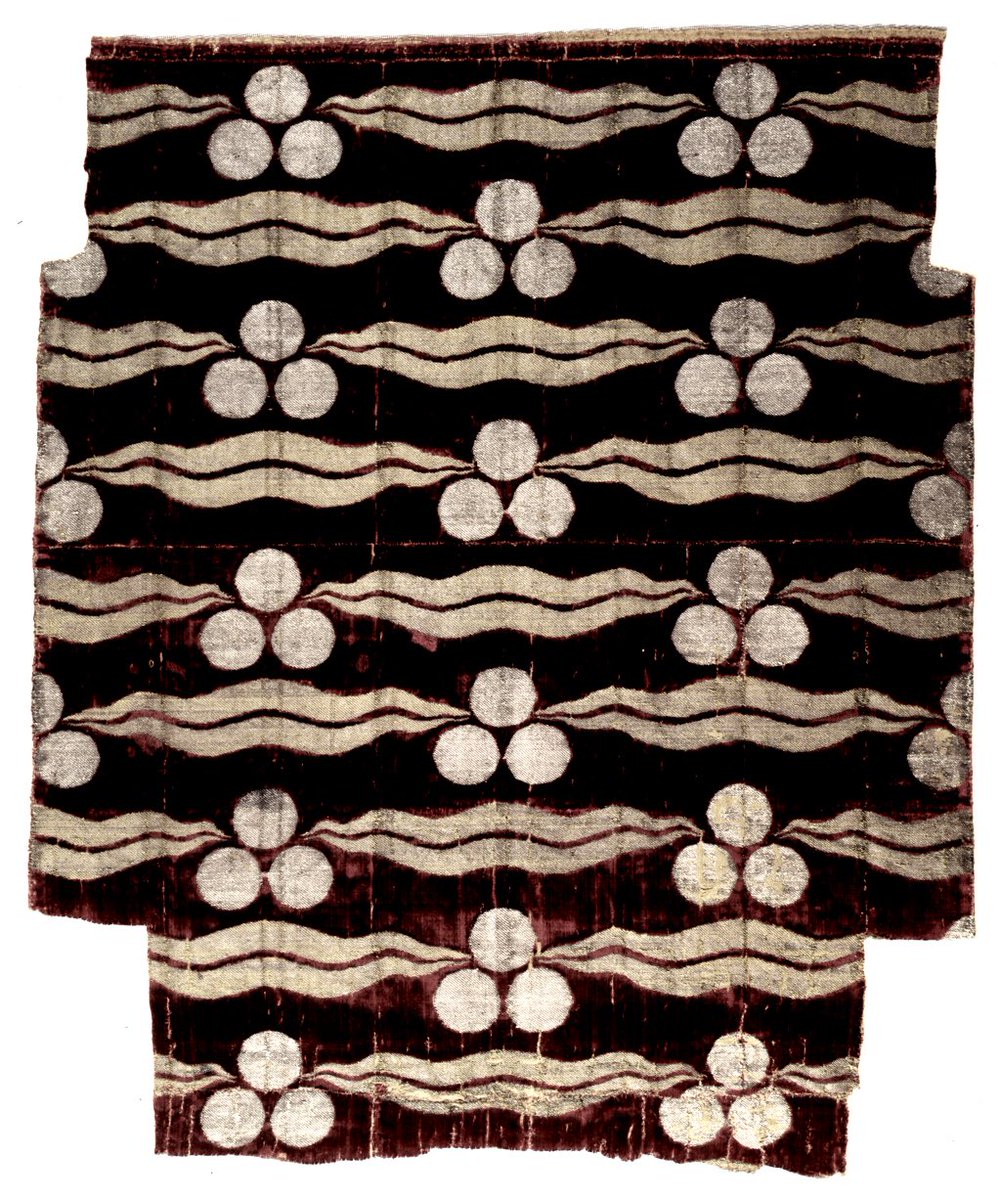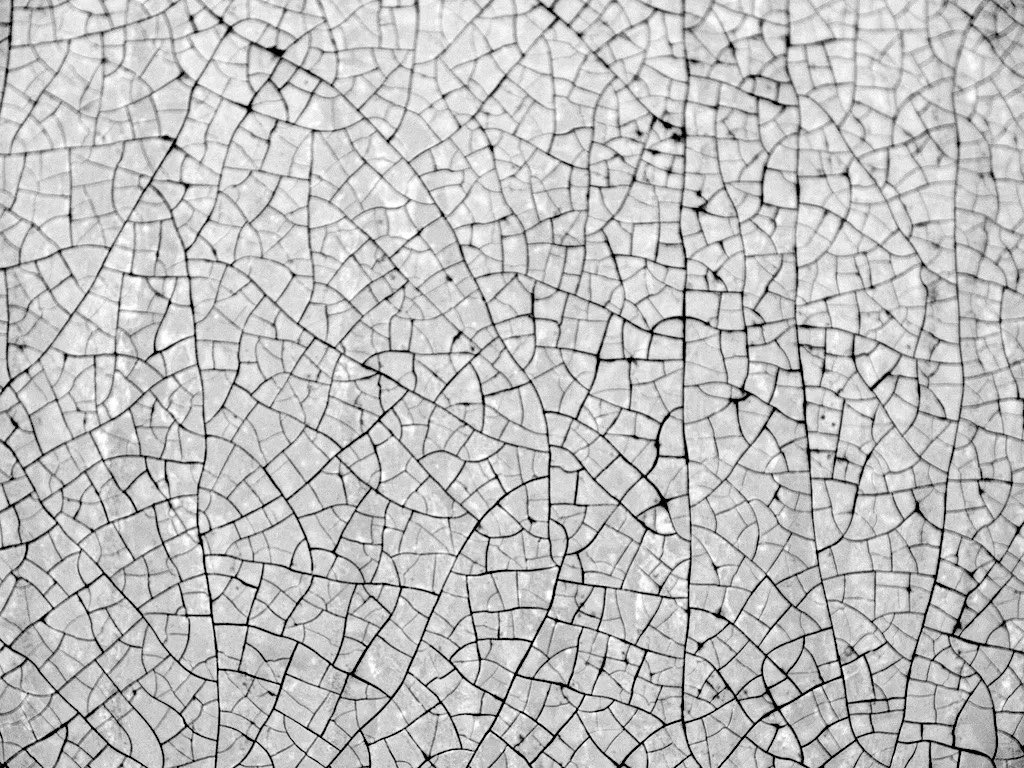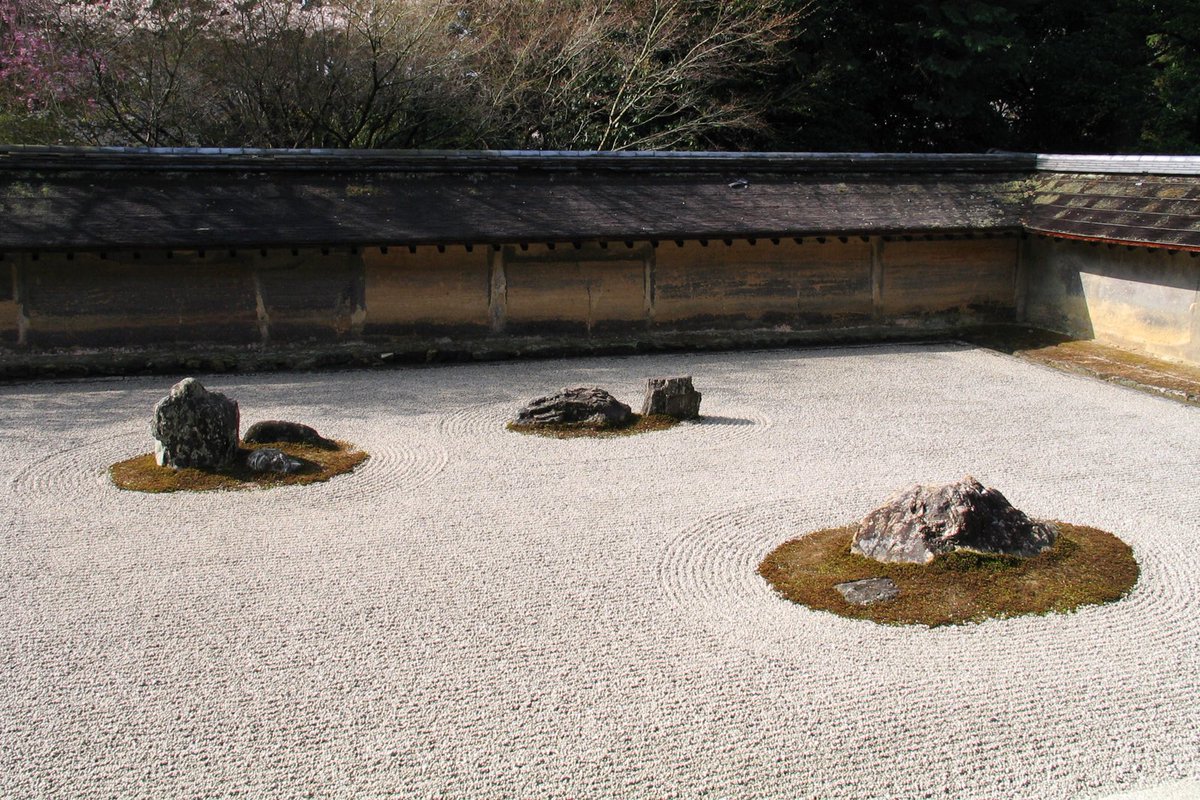Christopher Alexander’s “fifteen properties” of lifelike beautiful geometry is so extremely relevant to my current research of trying to understand why typical computer-generated “mind maps” feel too slick, skeletal, soulless to really do justice to minds
I think you can simply go through the properties and ask if each one is present in a typical tree-structured "mind map” like this one.
“Strong Centers,” not exactly. Mind map nodes lack strength and robustness. This is a big part of why I don’t feel at home mapping my life or mind in this way.
“Thick Boundaries,” again no. Mind map nodes feel like free-floating data, lacking integrity and protection.
“Alternating Repetition,” perhaps there is something monotonous about the mind map tree structure, a lack of some complementary alternation?
“Positive Space,” again the space behind a mind map does not feel structured and beautiful, just an arbitrary backdrop. Subtrees are moved away from each other to avoid any interaction, which makes the between-space uninteresting.
“Good Shape,” I don’t feel beauty or harmony in the mind map shape, it feels spindly, non-robust, unnatural.
“Local Symmetries,” mind map trees don’t encourage symmetry in opposite branches. I’m not sure what it would mean, but maybe there are more symmetries in lives and minds that ought to be treasured.
“Deep Interlock and Ambiguity,” no: mind maps avoid interlocking, everything is pushed away from everything else, things don’t touch or enter into each other.
“Contrast,” again mind maps tend to be homogenous, sprawling, one damn thing after another. The “fundamental contrast of dark and light, positive and negative” is not really present.
“Gradient,” in mind maps we don’t see different centers that approach each other with some gradient transition. There are sometimes gradient properties like font size decreasing outwards, but these are not transitions between centers.
“Roughness” is a crucial lack in computerized mind maps for them to feel natural, alive, or beautiful. Efficient vector graphic algorithms, no texture, and a discord with the inherent beautiful roughness of minds and lives.
“Echoes” you might see if you for example choose to use many 3-child nodes across your map, but the typical mind map layout doesn’t feel reverberantly pleasing like these temple towers with recurring angles and geometries.
“The Void” is deeply missing in mind maps. It’s a kind of metaphysics of presence totally dominated by the thematic, conscious, labelled representations, circled words. No space for the sacred silent peace of a pond or a clearing.
“Inner Calm” is not what I associate with mind maps, instead I feel a sense of buzzing stressful urgency, clutter, restlessness.
Finally: “Not-Separateness.” Mind maps are based on a geometry of separation. The layout algorithm pushes nodes away from each other until they don’t touch. Any node can be removed willy-nilly. A mind map doesn’t feel like a coherent system.
These fifteen properties are put forth not just as qualities but as “transformations,” as living space arises through repeated structure-preserving transformations, see them as verbs: so, could a mind mapping tool have these as actions to apply?
Alexander asked if a program could truly help a person “on the same level that they are helped by horses, and roses, and a crackling fire.” I dream about mapping software that helps life feel more juicy, whole, lifelike—not more spindly, skeletal, bureaucratic, boring…
I have measured out my life in todo lists…
Dare I eat a peach?
Dare I eat a peach?

 Read on Twitter
Read on Twitter